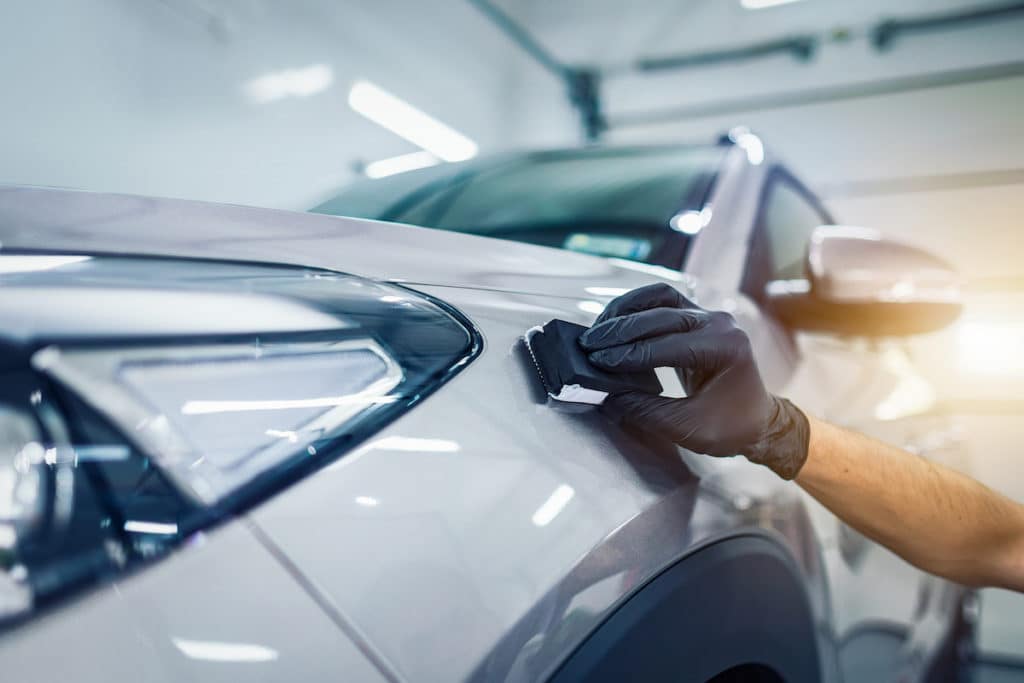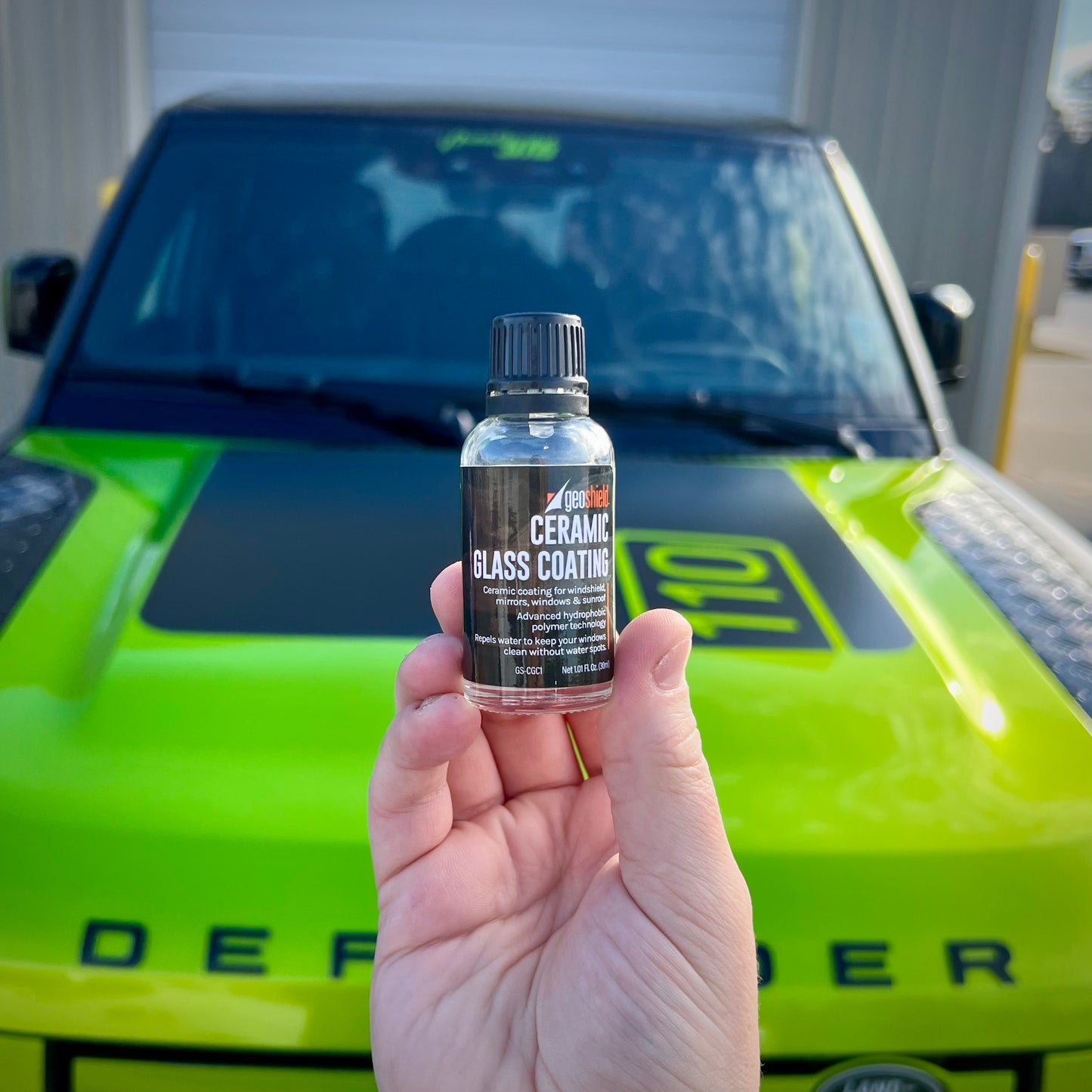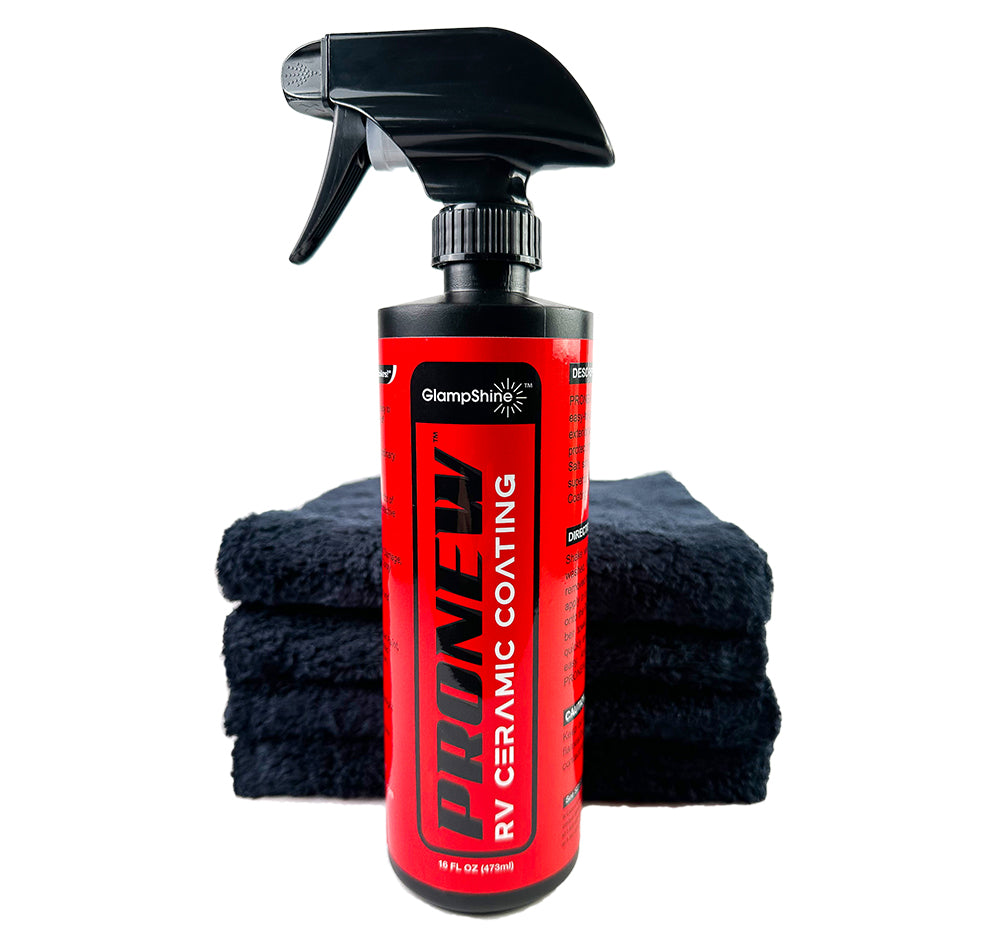Why Ceramic Coating Philadelphia Is the most effective Choice for Costs Paint Protection
Why Ceramic Covering Is the Ultimate Option for a Flawless Finish
Ceramic layer has actually become a leading option for those seeking a remarkable finish for their automobiles, many thanks to its amazing durability and protective attributes. This sophisticated liquid polymer not only bonds seamlessly with manufacturing facility paint yet additionally supplies a powerful barrier versus typical risks such as scratches, UV rays, and ecological contaminants. Its hydrophobic residential or commercial properties streamline maintenance while boosting aesthetic appeal. Nonetheless, recognizing just how this modern technology compares to typical approaches and discovering its application nuances can expose much more regarding its value. What variables absolutely established ceramic coating apart?
What Is Ceramic Finish?

When applied appropriately, ceramic finish develops a hydrophobic surface that pushes back water and dust, making it easier to clean up and keep. Unlike traditional waxes or sealants, which usually provide short-lived security, ceramic coatings can last for a number of years, relying on the item quality and application technique. The procedure of applying ceramic coating requires careful prep work, consisting of detailed cleaning and sometimes paint modification, to make certain optimal bonding and efficiency.
Ceramic coatings are not limited to automobile surfaces; they can additionally be made use of on various materials, consisting of glass, metal, and plastics, giving a versatile service for enhancing security. On the whole, ceramic covering represents a significant improvement in surface security technology, integrating both visual and useful benefits for a vast array of applications.
Advantages of Ceramic Covering
While several surface protection choices exist, the benefits of ceramic finishing stand apart because of its distinct residential properties and resilient performance. One of the primary benefits is its extraordinary resilience. Ceramic Coating Philadelphia. Unlike conventional wax or sealers that require regular reapplication, ceramic layers give a durable layer that can last for numerous years, dramatically minimizing upkeep initiatives
An additional significant benefit is boosted security against ecological impurities. Ceramic layers develop a hydrophobic surface area that drives away water, dust, and different pollutants, making it easier to cleanse. This attribute not just maintains the automobile's appearance yet additionally lessens the risk of corrosion and oxidation, specifically in harsh climate condition.
In addition, ceramic finishes offer superior resistance to UV rays, stopping fading and degradation of paint over time. This UV defense is crucial for keeping the aesthetic value of automobiles and surface areas exposed to guide sunshine.
Additionally, the glossy surface attained with ceramic finishing improves the general visual charm, giving surfaces a showroom-quality shine. In general, ceramic layers represent a significant development in surface security technology, supplying long-lasting advantages that accommodate both aesthetic and practical demands.
Exactly How It Works
Understanding the science behind ceramic coatings discloses exactly how they give such amazing security and longevity. At its core, a ceramic finish is a liquid polymer that chemically bonds with the automobile's manufacturing facility paint.
The application process involves multiple steps, consisting of surface area preparation, which is important to accomplishing optimal bond. Once used, the finishing goes through a treating process, during which it sets and develops a semi-permanent bond with the paint surface. This bond is what differentiates ceramic finishes from typical waxes and sealers, providing a longer-lasting safety barrier that can sustain for many years.
Additionally, the density of the coating can enhance its protective high qualities, guaranteeing that it can hold up against severe problems. Inevitably, the science of ceramic finishes combines innovative products with innovative application methods to provide an unmatched degree of defense and aesthetic enhancement for lorries.
Comparison With Conventional Methods
When compared to traditional paint protection methods such as sealers and waxes,The advantages of ceramic finishings end up being specifically noticeable. While waxes offer a temporary luster, commonly lasting a few weeks to a number click this site of months, ceramic finishings offer a resilient protective layer that can sustain for several years. This durability considerably lowers the regularity of reapplication, making ceramic finishings an extra affordable remedy gradually.
Additionally, typical approaches often need extensive prep work and multiple applications to attain a satisfying level of defense. On the other hand, ceramic coatings bond at a molecular degree with the lorry's surface, producing a robust guard against environmental pollutants like UV rays, acid rainfall, and roadway salts. This bond improves the lorry's learn the facts here now resistance to scrapes and swirl marks, which prevail with standard waxes and sealants.
Furthermore, the hydrophobic buildings of ceramic layers push back water and dust, leading to simpler cleansing and upkeep. On the other hand, wax and sealant-treated surface areas can draw in crud, demanding even more constant cleaning - Ceramic Coating Philadelphia. In general, ceramic finishes not just supply superior protection however likewise supply an extra enduring and aesthetically enticing coating, developing them as the recommended option for discerning vehicle owners
Application and Maintenance Tips

Using a foam applicator, apply the covering in small areas, following the maker's standards regarding density and overlap. Enable adequate treating time in between coats, commonly 24 hours, to make sure correct bonding. After application, it is critical to avoid exposure to water or rough elements for at the very least a week to permit the finish to fully cure.
Furthermore, using a ceramic upkeep spray can boost the coating's hydrophobic residential properties and longevity. Regular evaluations for any type of indicators of wear will certainly aid keep the coating's integrity and maintain that beautiful surface.
Final Thought
In final thought, ceramic coating arises as a remarkable alternative for attaining a remarkable automobile coating. By creating a durable bond with factory paint, ceramic finish effectively shields versus scrapes, UV rays, and important site environmental impurities.
